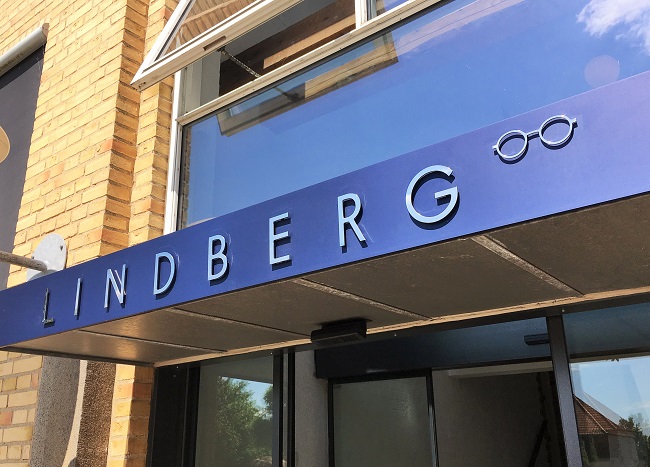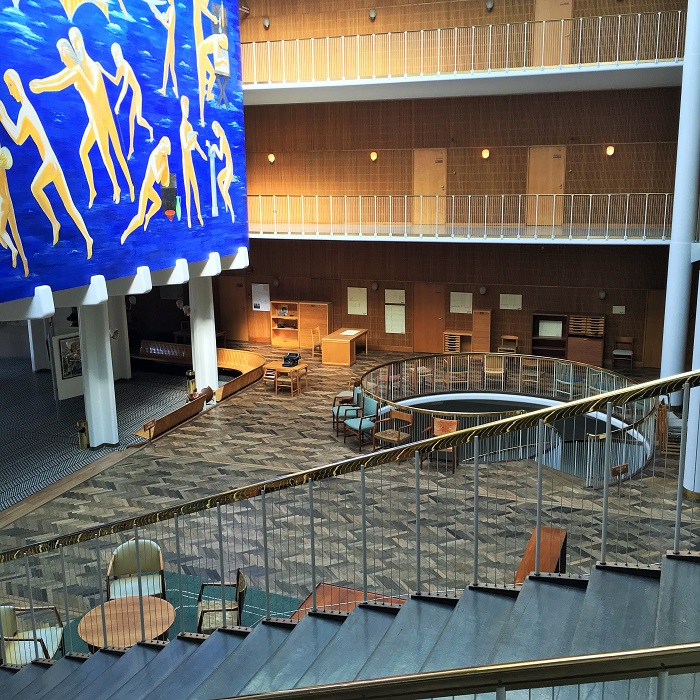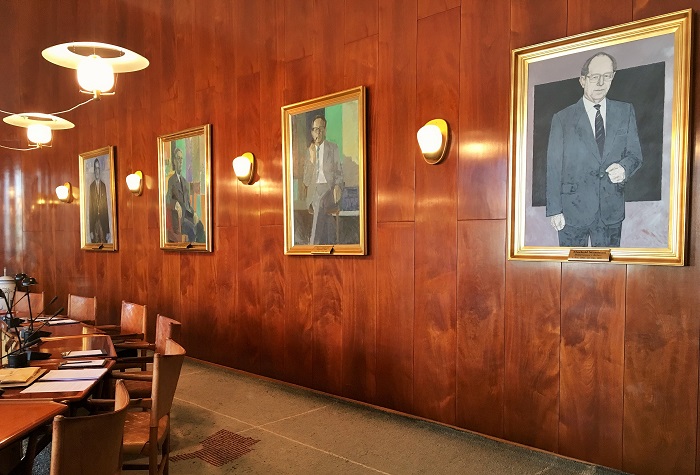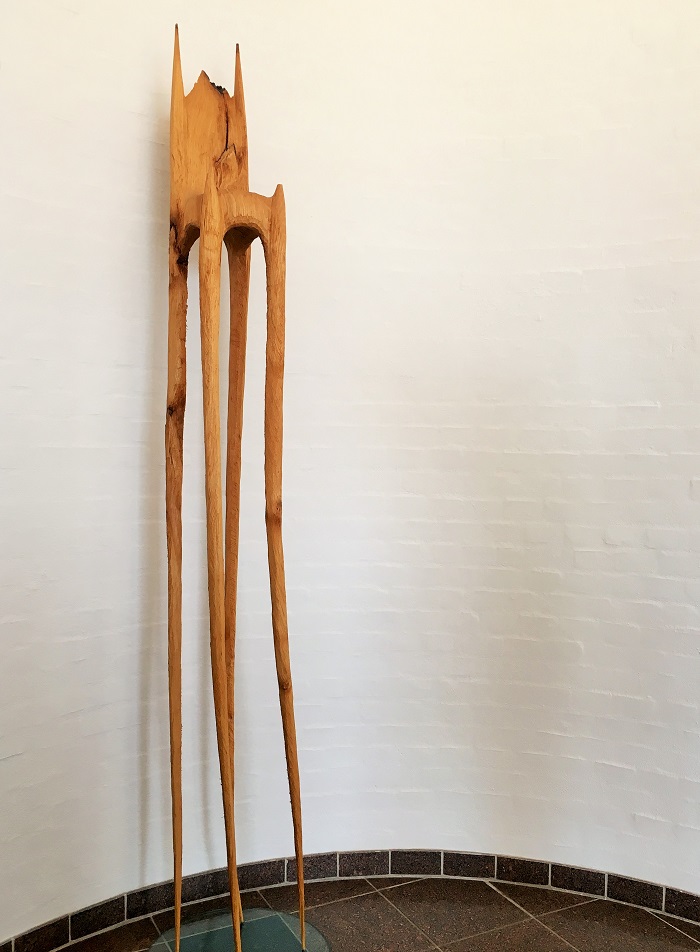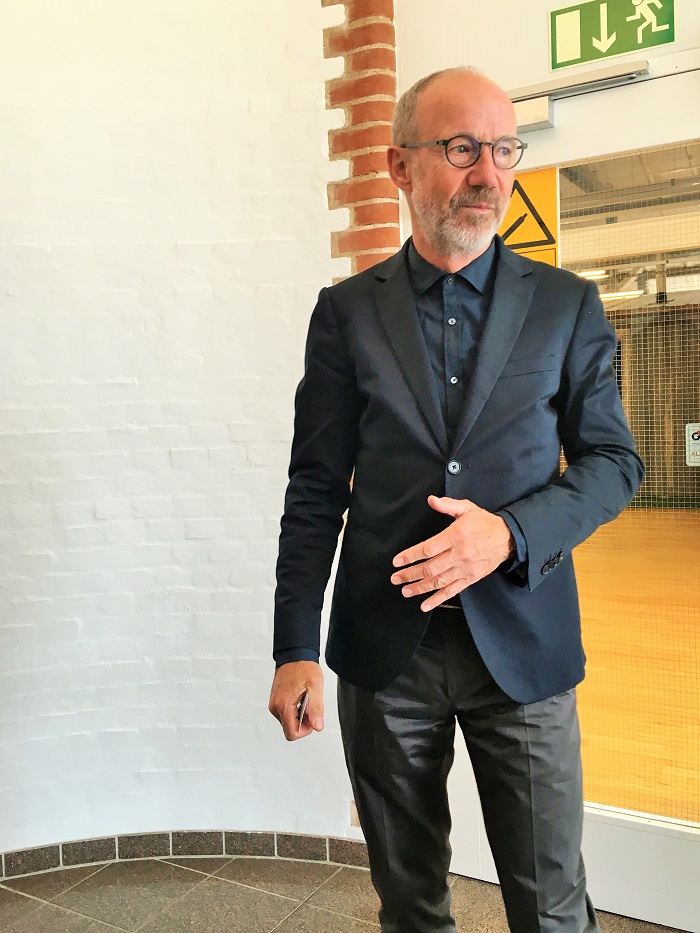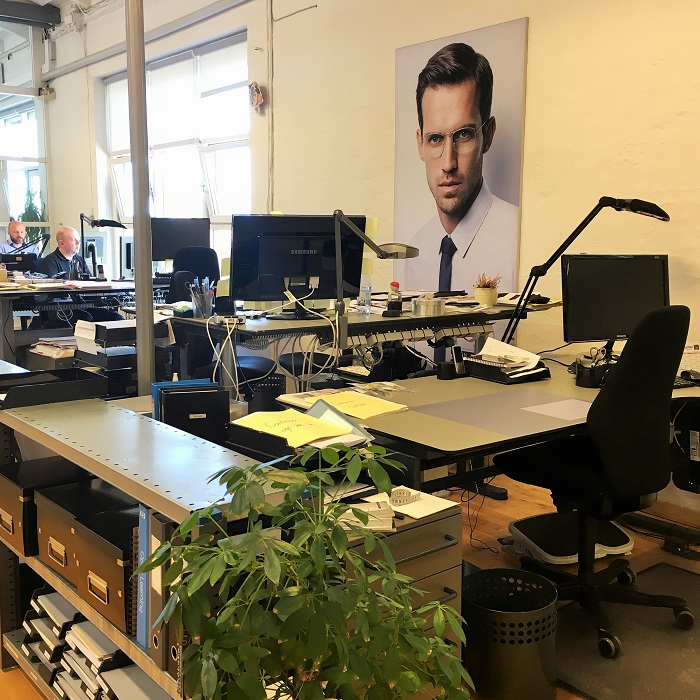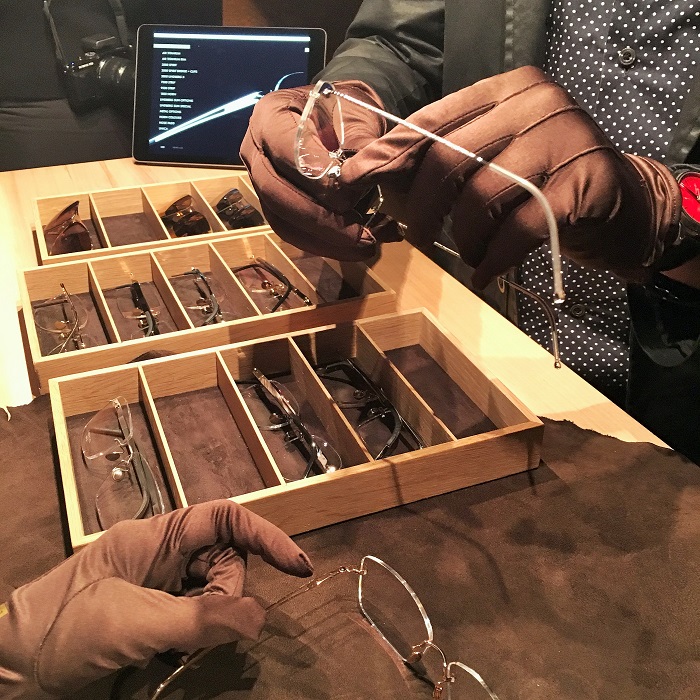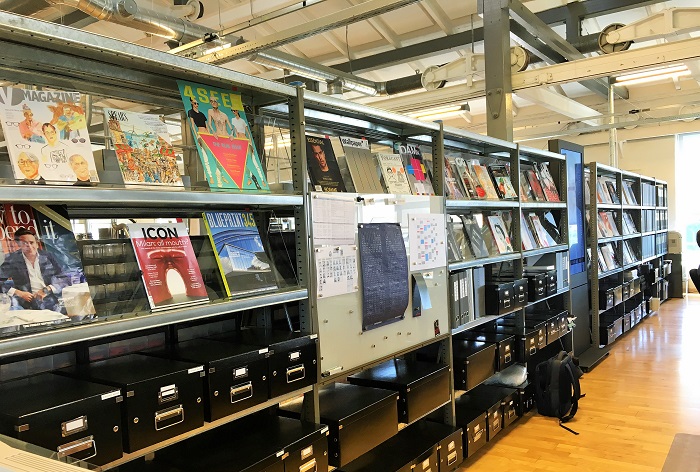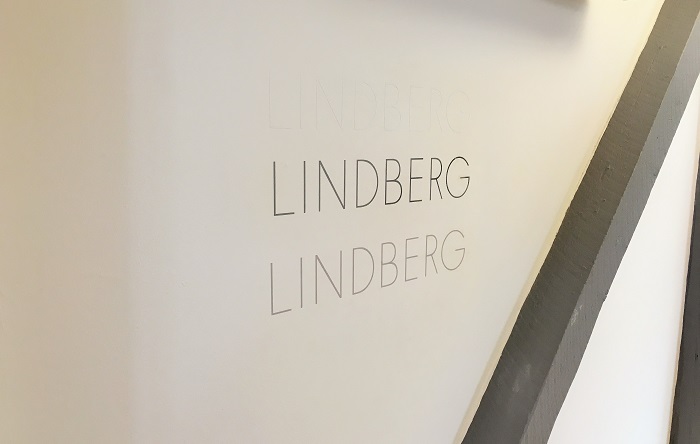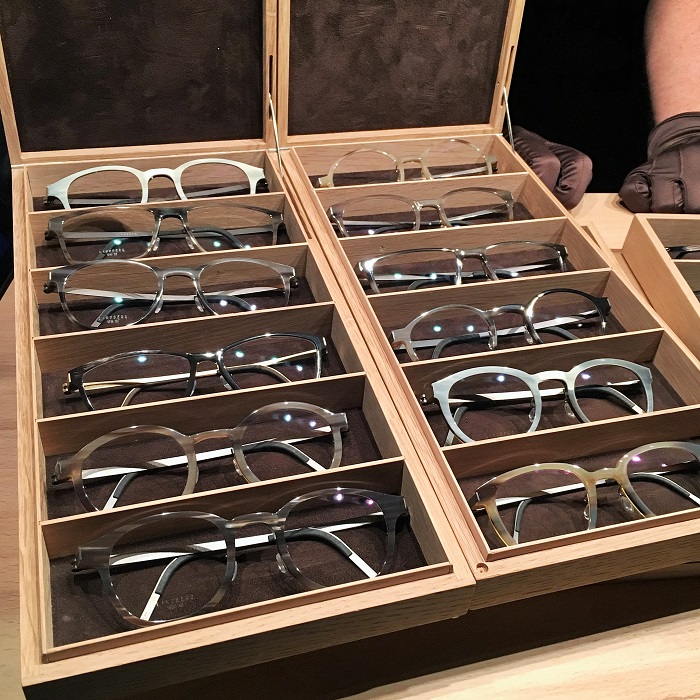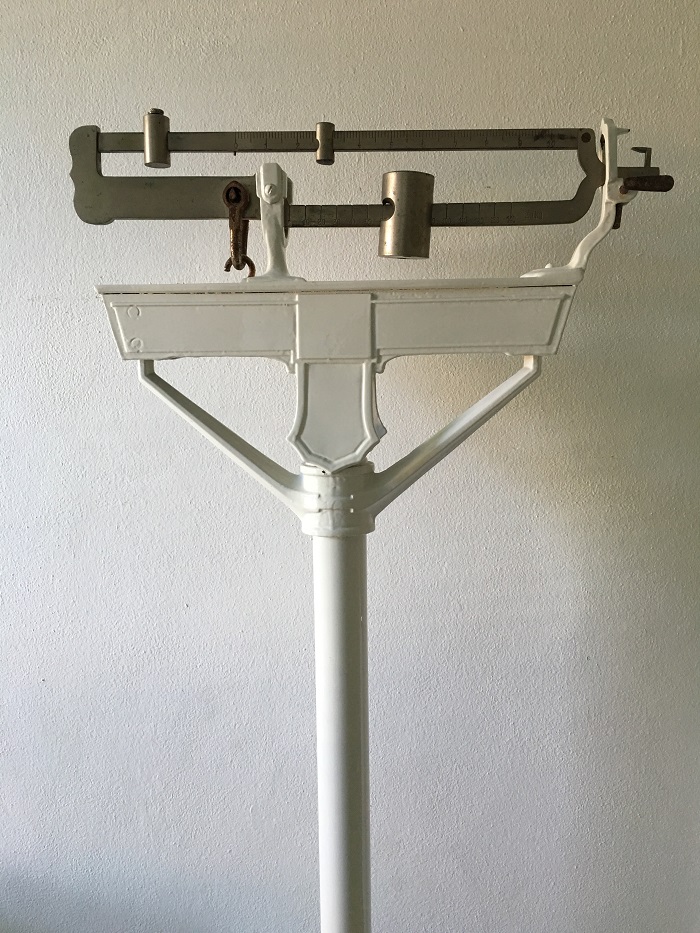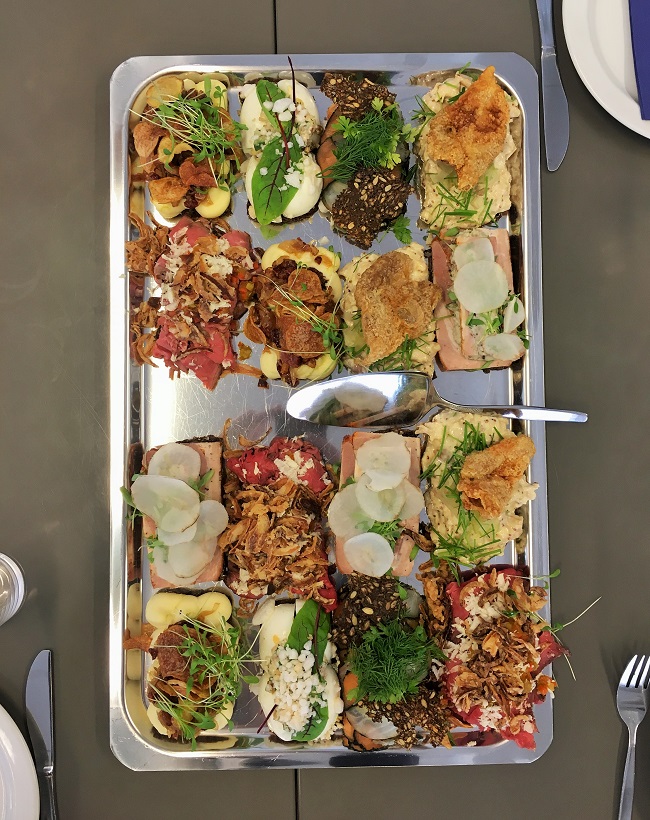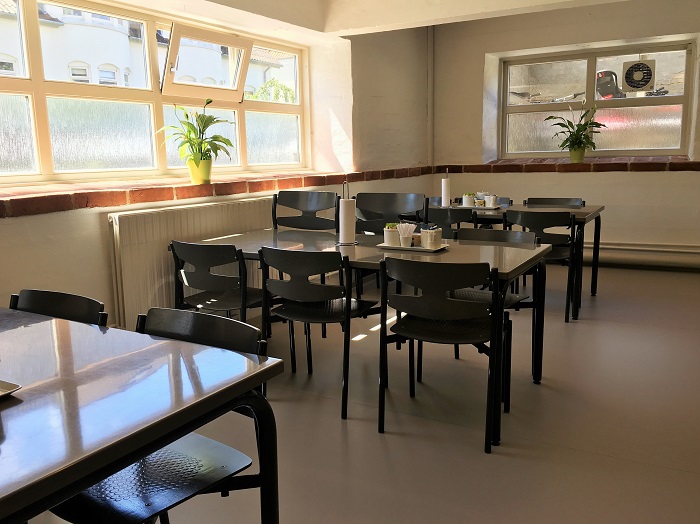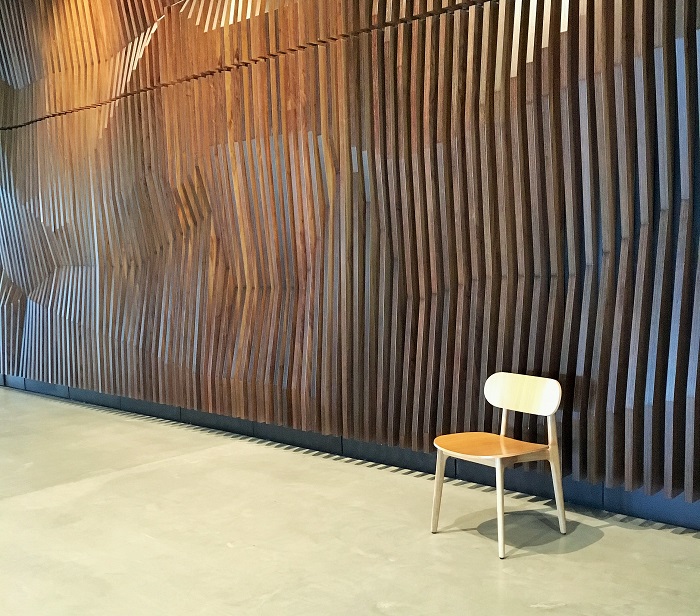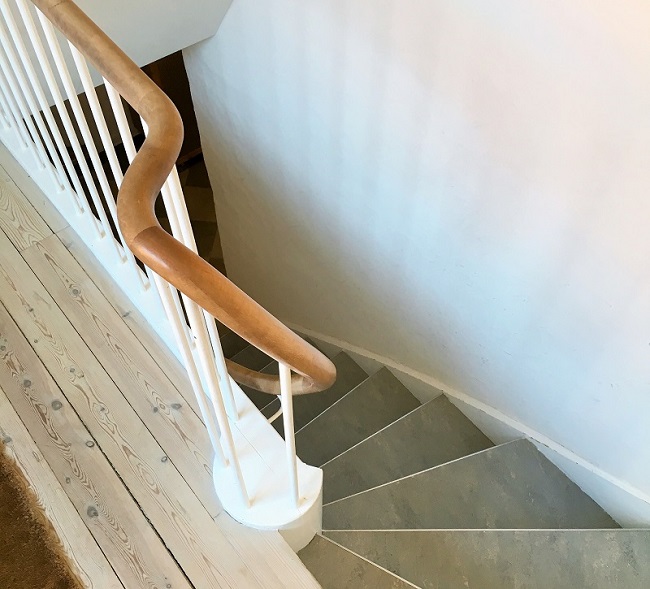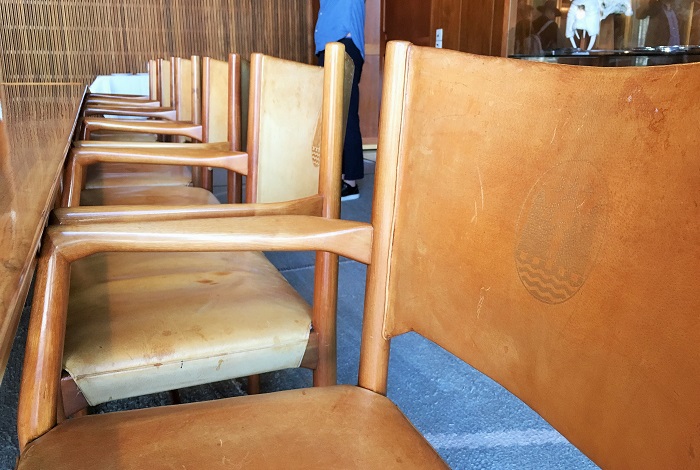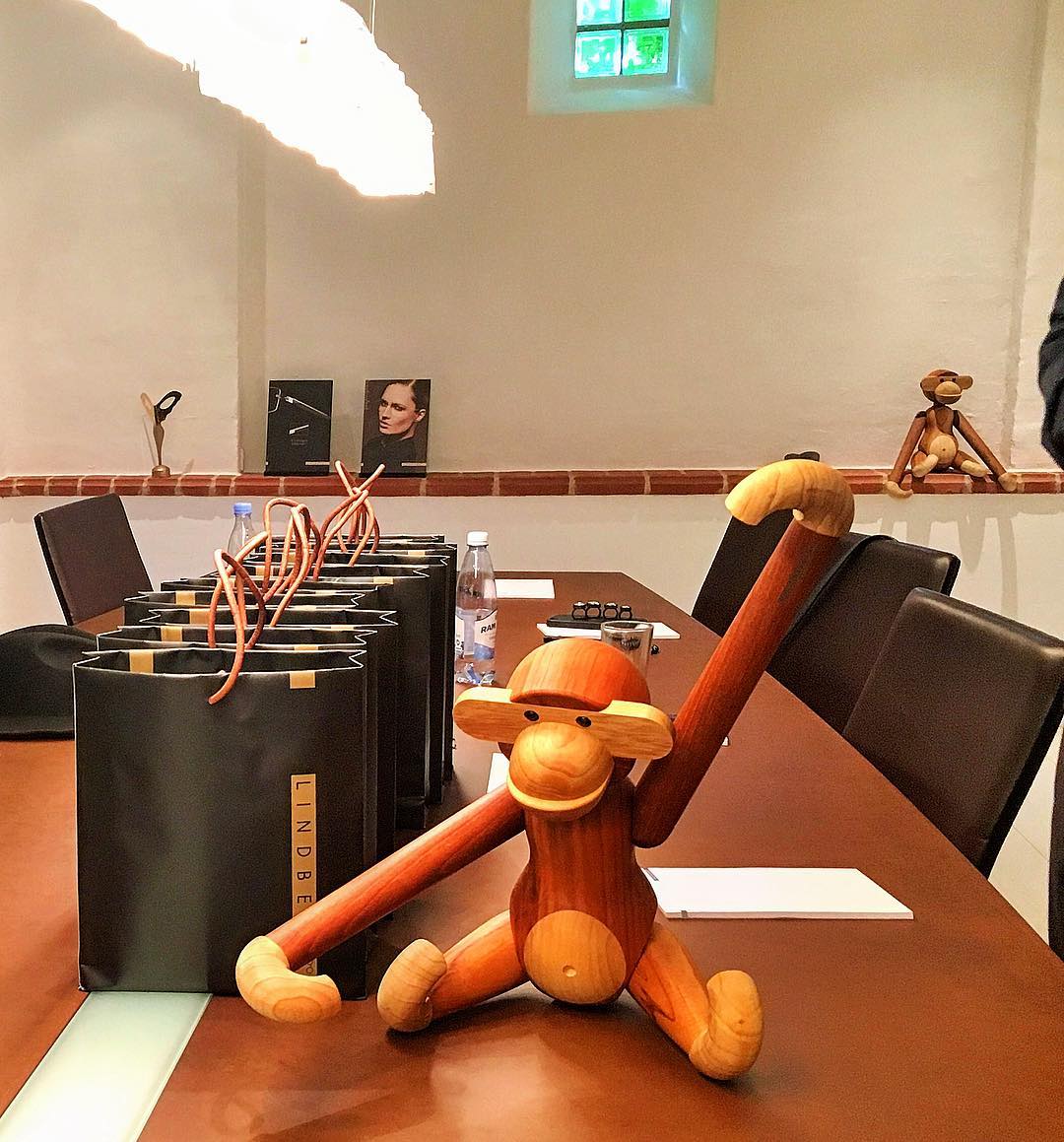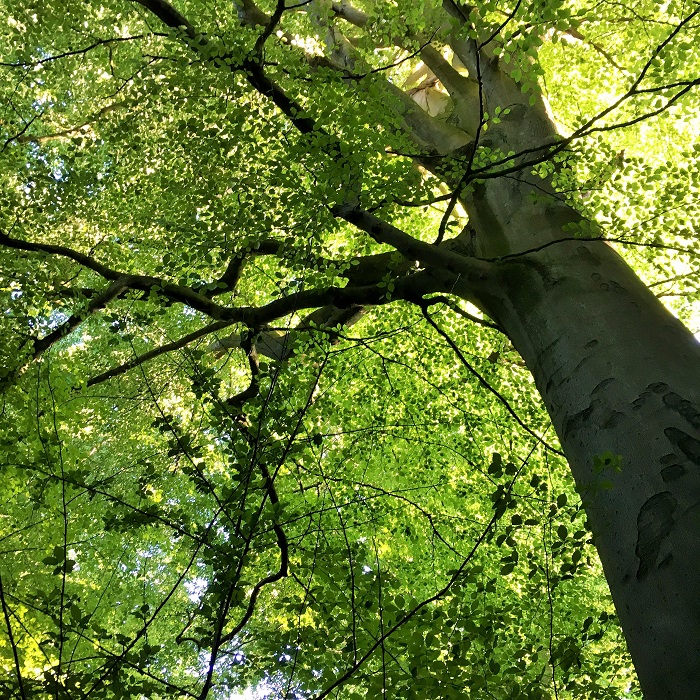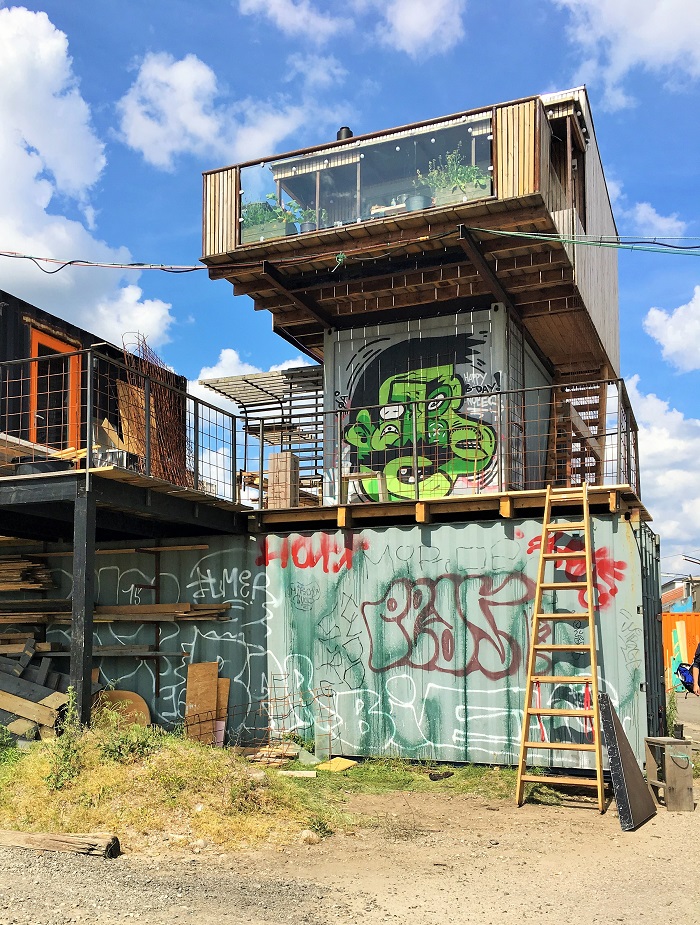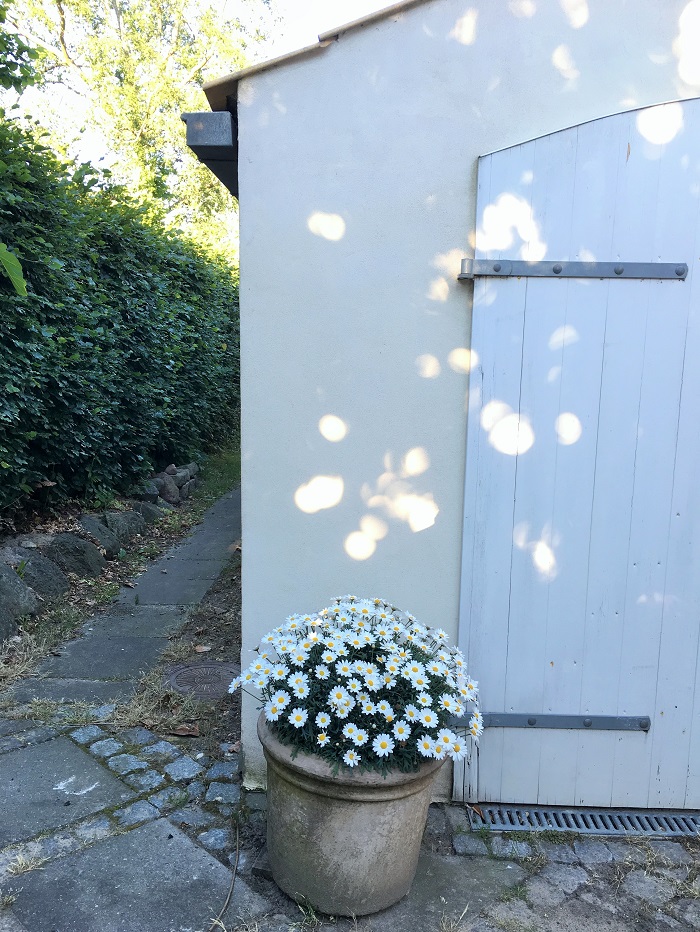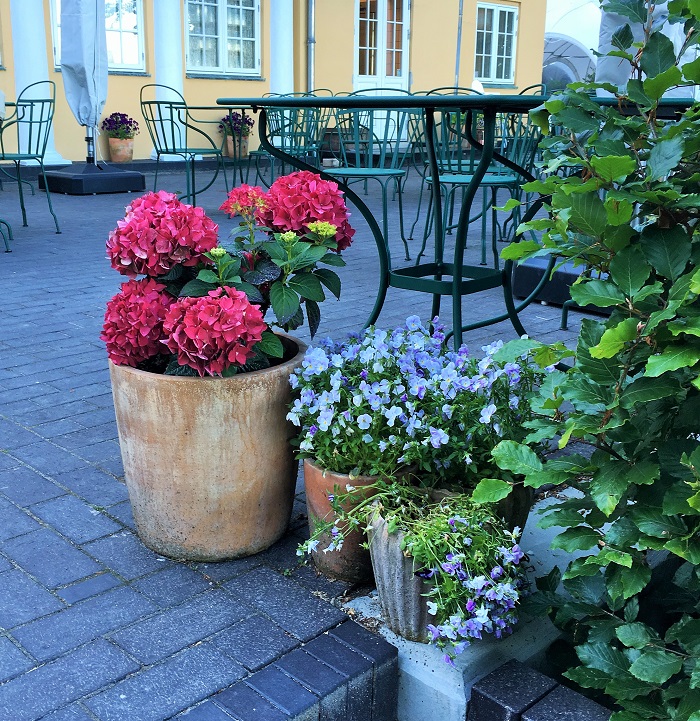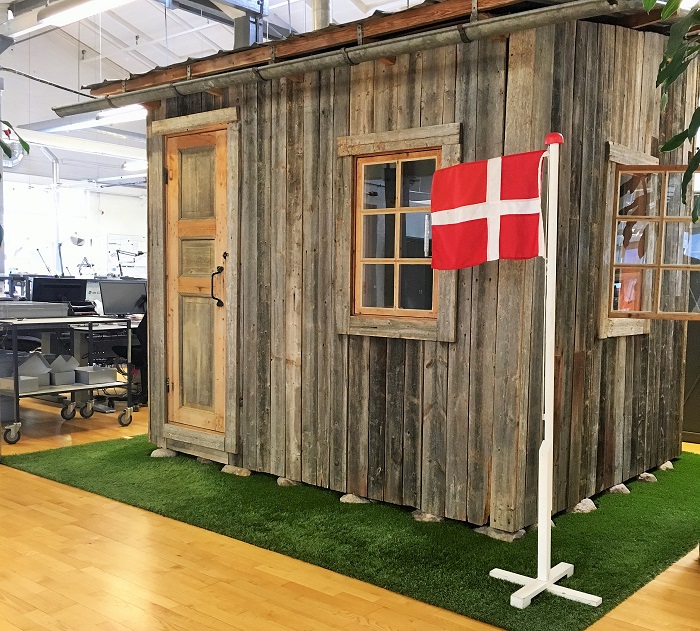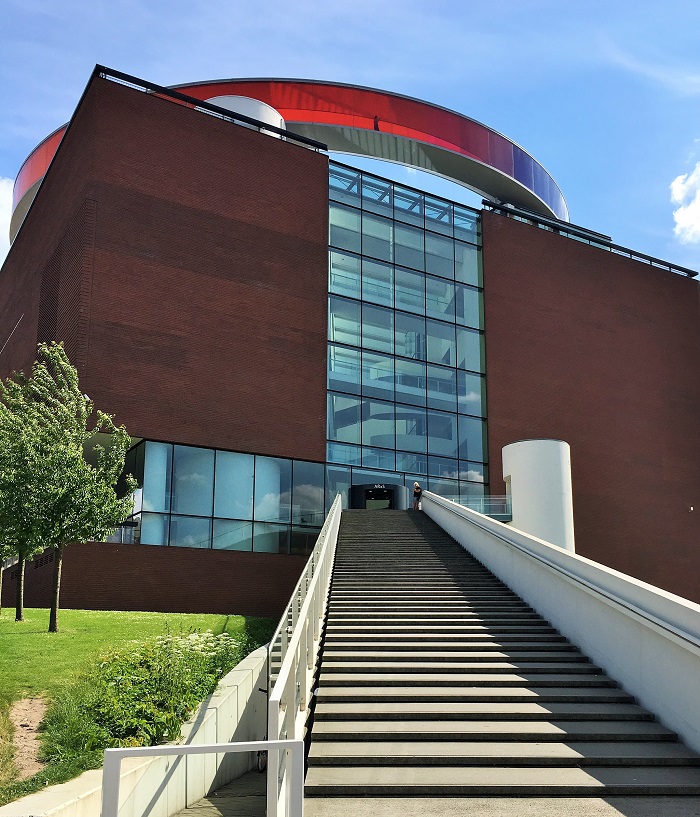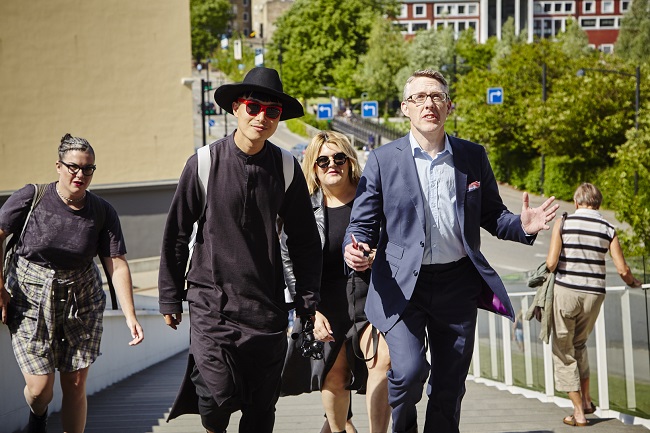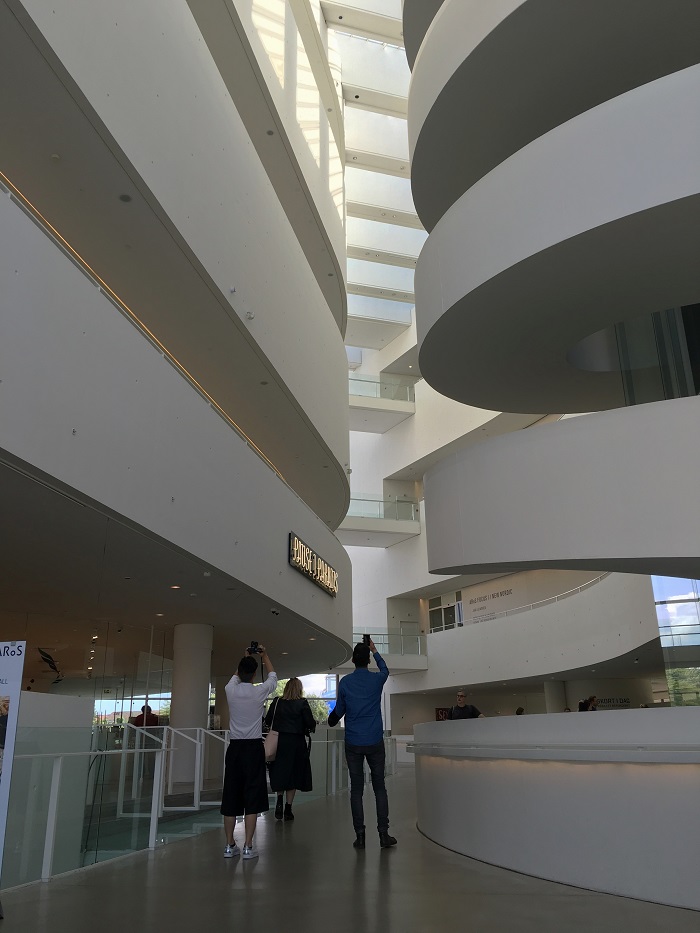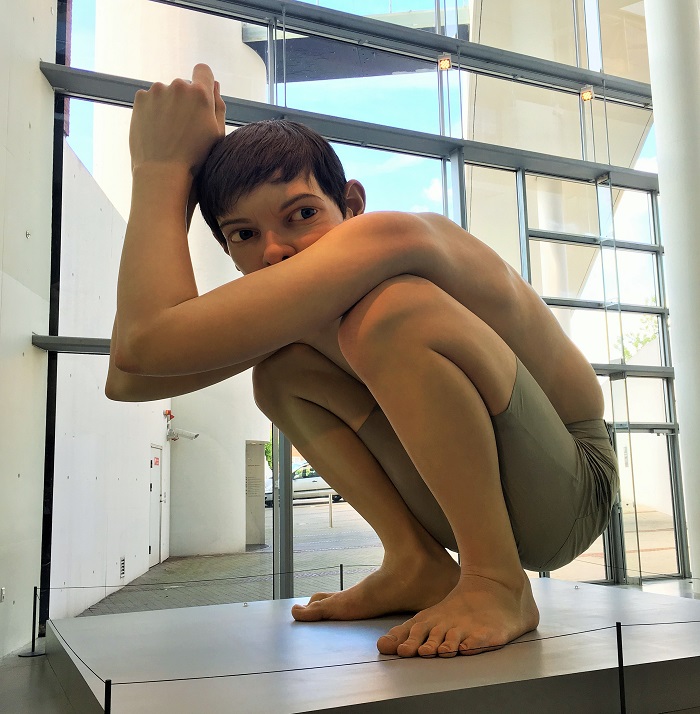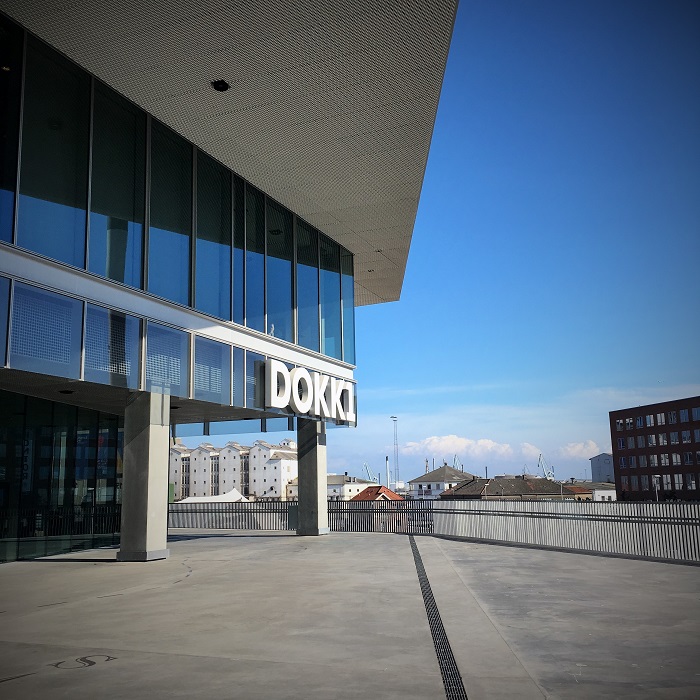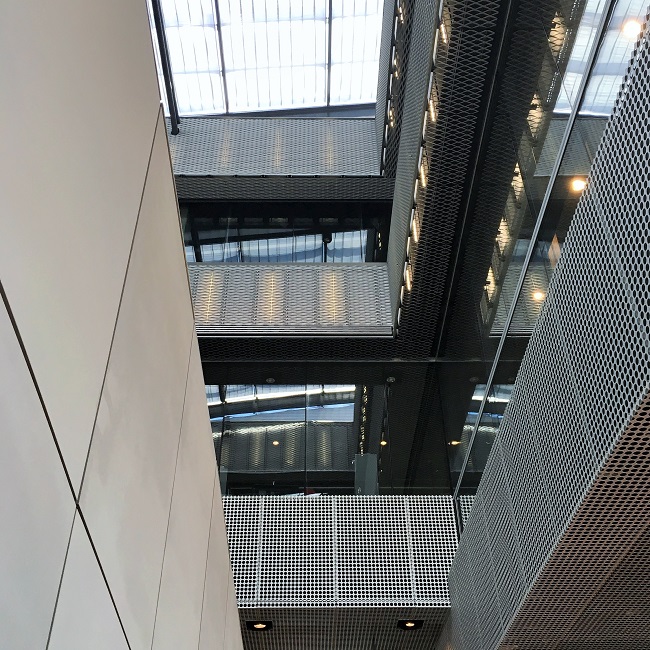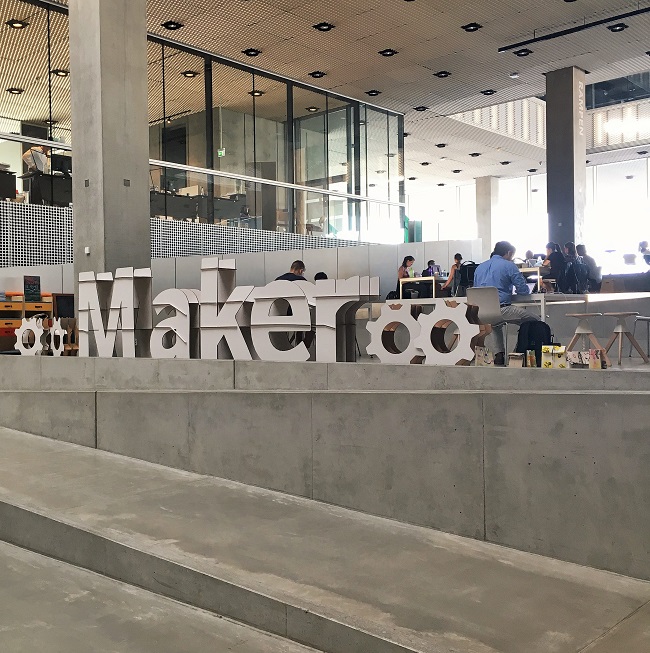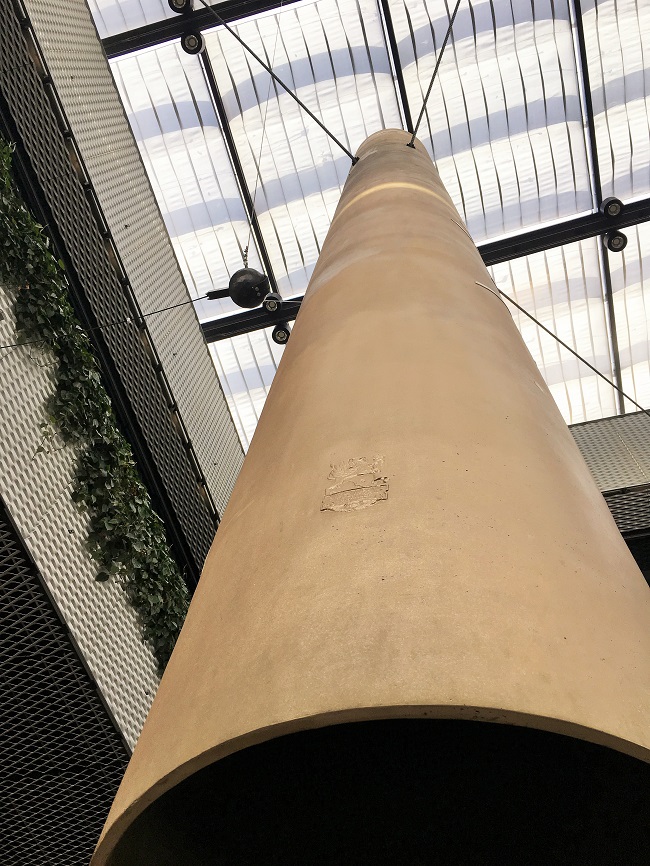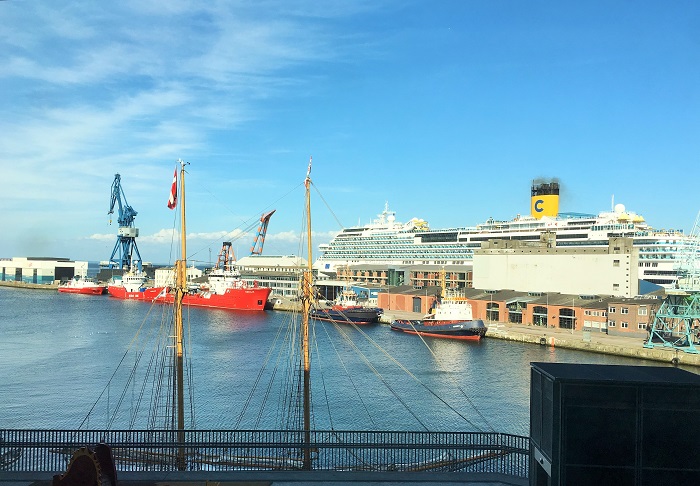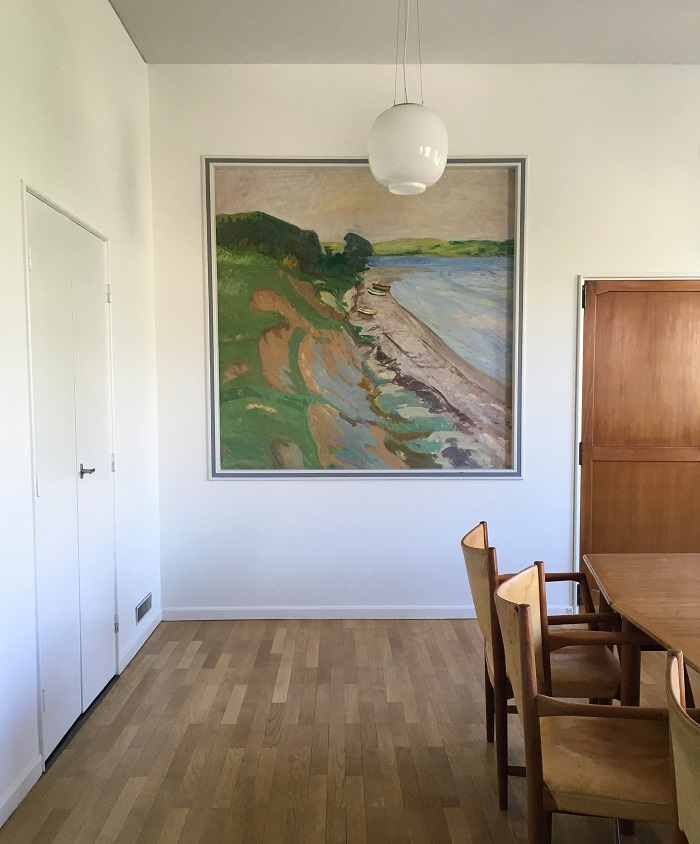 In our first post about OTC’s visit with LINDBERG, the luxury eye wear company based in Aarhus, Denmark, we focused on the brand and background of this remarkable company. This second post will ruminate on the influences that design and Danish cultural influences have on LINDBERG’s philosophy and products.
In our first post about OTC’s visit with LINDBERG, the luxury eye wear company based in Aarhus, Denmark, we focused on the brand and background of this remarkable company. This second post will ruminate on the influences that design and Danish cultural influences have on LINDBERG’s philosophy and products.
Perhaps more than than in any other culture, the role of design and its proper execution are part of the Danish DNA. It’s almost built into who they are as a people and in many ways defines Danishness. The English. for example, have a well known and well loved landed-gentry type of aesthetic which has roots in its cultural past. Danes, however, take the expression of form and space to a different place. It’s not mere surface affectation or to please the eye or balance decorative elements. Danish design is a physical expression of cultural belief and an appreciation of function, form, and material.
In Danish design in general, and with LINDBERG in particular, the primary rule is that less is more. Or, perhaps put more precisely, more than just enough is too much. The company is an embodiment of many Danish values and trails of course, but what makes it most interesting is it’s self-awareness as a home-grown success that owes much of it’s uniqueness and brand positioning to it’s very Danishness.
When OTC joined other fashion influences from around the world as guests of LINDBERG, a core element of our experience was a crash course in Danish culture and design. The company does not see these things as marketing ploys or some sort of cultural branding; they have a deep and tangible value.
To understand what makes Denmark unique is to better understand what makes LINDBERG so special. Our guide through the worlds of LINDBERG and Danish culture and design was Director of Sales and Marketing Peter Warrer. He gave a master class in all these topics and was a charming, witty, and, frankly, cool, host.
 Famed industrial designer Dieter Rams (while German, not Danish) is the intellectual godfather of this philosophy. His seminal work, “As Little Design as Possible,” captures this approach by showcasing Rams’ innumerable contributions to industrial, commercial, product, and technology design. Clean lines; simple buttons, switches, dials, and knobs; humanistic scale; a clear sense of purpose and functionality; and intrinsic longevity. These are the very qualities that describe LINDBERG’s approach to creativity and construction.
Famed industrial designer Dieter Rams (while German, not Danish) is the intellectual godfather of this philosophy. His seminal work, “As Little Design as Possible,” captures this approach by showcasing Rams’ innumerable contributions to industrial, commercial, product, and technology design. Clean lines; simple buttons, switches, dials, and knobs; humanistic scale; a clear sense of purpose and functionality; and intrinsic longevity. These are the very qualities that describe LINDBERG’s approach to creativity and construction.
The qualities of longevity and purpose are core to the values of Danish design. We saw this throughout the city of Aarhus and during our time with LINDBERG; design without purpose or meaning is meaningless. And, an excess of design, even a small amount, can, in effect, negate the whole of the design itself. These elements are often found in styles reflective of the world-famous and highly influential Bauhaus school.
An early and influential force in modern Aarhus, and Danish design generally, was architect Arne Jacobsen, who most famously designed the impossibly cool Egg Chair. He also designed the Aahus City Hall, some images of which are shown in this post as well as our first installment.
In keeping with his minimalist approach, the exterior of the original design was finished in simple concrete and the building was devoid of a clock tower. Modern, yes, but certainly not classical or even particularly attractive to many. The city fathers, and their constituents, were a bit distraught as they felt the City Hall deserved a little more gravitas and classical design. So, grey Norwegian marble cladding was added as was the clock tower.
Austerity, it seems, does have its limits.
The functional nature of everyday objects is also a prominent feature in much of Danish design. Efficiency and attention to detail, two other common elements that receive a lot of attention are also commonly present in LINDBERG‘s offerings, from the frames themselves to packaging, marketing, and branding.
Apart from modernist design, Denmark is also a very nature focused country and one with a deep sense of history and rich with traditions. The Danish Flag is everywhere.
Natural environments, the ocean, woods, and physical activity play large roles in people’s lives. Within this larger context, Bauhaus’ influence shines through in the remarkable examples of wooden furniture so associated with the Danish aesthetic. Simple, smooth lines, natural elements, and low-slung design are typical of this style, which also shows up in interior decorative elements and finishes.
The result of this pervasive stylistic influence is simultaneously modern and nostalgic, new and old. This is why, even today, all things mid-century modern remain popular, desirable, and very much au courant. In many ways, Danish design looks and feels like a confluence of nature and urbanism.
Aarhus is not only Denmark’s second city, it is the 2017 European Capital of Culture. It’s a city steeped in Danish history, art, and architecture. What makes it particularly interesting is that Aarhus consciously blends its past and present. Historical buildings and artifacts coexist with modern, and in some cases, very modern – like The Iceberg – buildings and public spaces.
So tied to art and culture is the city, that a free-wheeling hippie-like commune located in an industrial area of Aarhus is a protected site amidst expanding commercial development and a new university campus.
ARoS Aarhus Kunstmuseum si another example of how culture, design, and art are such prevalent forces in the city. With the iconic Rainbow Panorama topping its structure, this museum both exhibits some of the best examples of Scandinavian art and sculpture and is itself a work of physical art. Blocky yet light filled, it’s a great example of how juxtaposing elements, like visual weight and airy openness, can create an inspired space.
The remarkable DOKK1, Aarhus’ public library, is another example of architecture as a public expression of culture and social values. It’s breathtaking, huge, and slightly intimidating. However, it is designed to serve residents 24 hours a day as a welcoming public facility. It’s a traditional lending library as well as a cultural center, civic gathering place, and office for citizen services. There are play areas for children, movie rooms, reading, meeting, and event spaces, and the world’s largest tubular bell that chimes out every time a baby is born in the city.
Situated along the Aarhus Harbor, DOKK1 is a key feature of the new waterfront project called Urban Mediaspace Aarhus, which is the largest construction in the history of Aarhus. The building also contains the largest automated car park in Europe, which can hold 1,000 cars each separated by a mere 10 centimeters.
